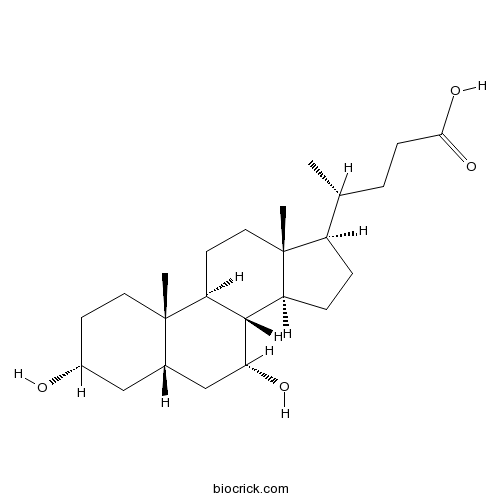Anser cygnoides orientalis
Anser cygnoides orientalis
1. The products in our compound library are selected from thousands of unique natural products; 2. It has the characteristics of diverse structure, diverse sources and wide coverage of activities; 3. Provide information on the activity of products from major journals, patents and research reports around the world, providing theoretical direction and research basis for further research and screening; 4. Free combination according to the type, source, target and disease of natural product; 5. The compound powder is placed in a covered tube and then discharged into a 10 x 10 cryostat; 6. Transport in ice pack or dry ice pack. Please store it at -20 °C as soon as possible after receiving the product, and use it as soon as possible after opening.
Natural products/compounds from Anser cygnoides orientalis
- Cat.No. Product Name CAS Number COA
-
BCN2620
Chenodeoxycholic acid474-25-9
Instructions

Molecular analysis of the immunoglobulin genes in goose.[Pubmed: 26921669]
Immunoglobulins play an important role in adaptive immune system as defense molecules against pathogens. However, our knowledge on avian immunoglobulin genes has been limited to a few species. In this study, we analyzed goose (Anser cygnoides orientalis) immunoglobulin genes. Three IgH classes including IgM, IgA, IgY and λ light chain were identified. The IgM and IgA heavy chain constant regions are characteristically similar to their counterparts described in other vertebrates. In addition to the classic Ig isotypes, we also detected a transcript that encoded a truncated form of IgY (IgY(ΔFc)) in goose. Similar to duck, the IgY(ΔFc) in goose was generated by using different transcriptional termination signal of the same υ gene. Limited variability and only one leader peptide were observed in VH and VL domains, which suggested that gene conversion was the primary mechanism involved in goose antibody diversity. Our study provides more insights into the immunoglobulin genes in goose that had not been fully explored before.


